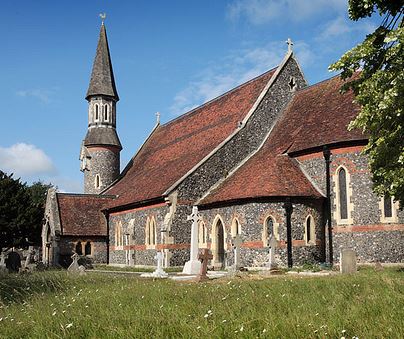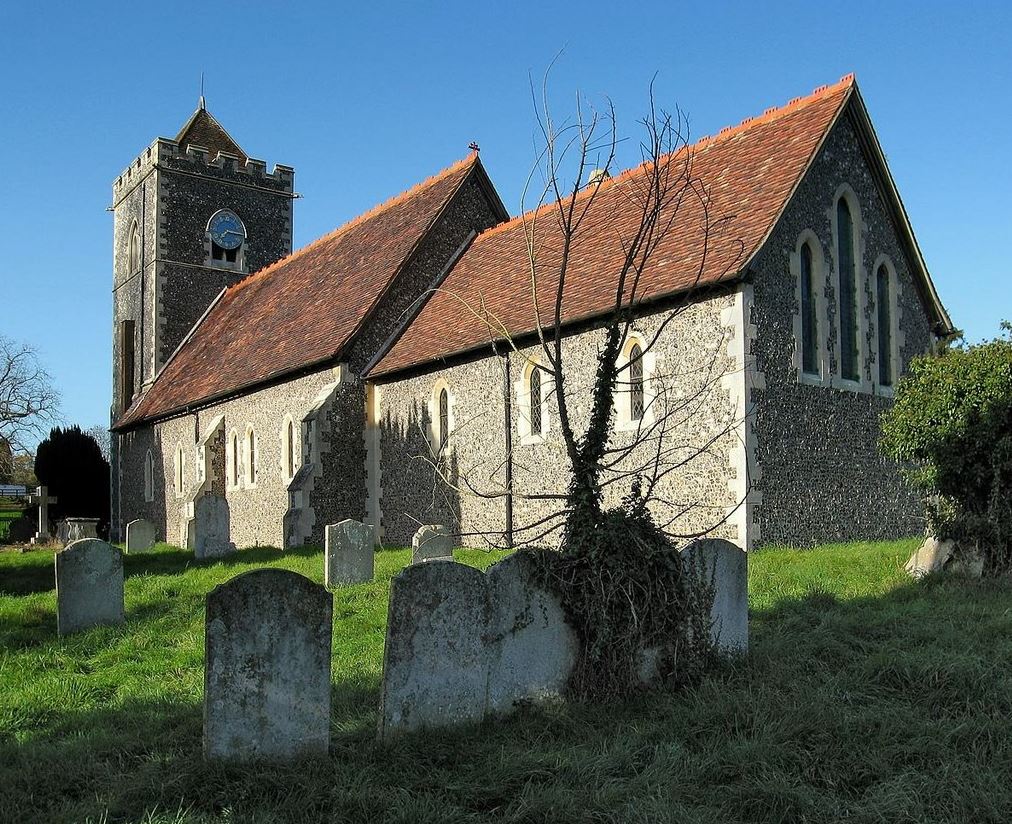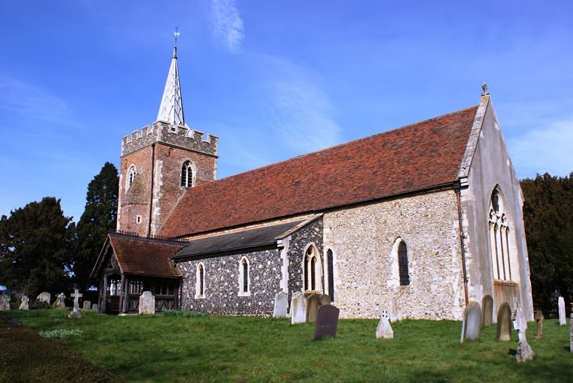Churchyard Rules & Regulations
The information on this page applies to the Church Burial Grounds at, St Botolph’s, Eastwick, St James, High Wych and St Mary’s Gilston.
The churchyards are covered by the laws and regulations which are detailed in the churchyard regulations in St Albans Diocese. HERE
This brief guide is intended to provide an overview of the current position, but it is recommended that you read the full regulations.
A copy of the diocese Churchyard Handbook, - Guide For Families is available in the church or HERE

St. James

St. Botolph

St. Mary The Virgin
A summary of the rules
Maintenance of Graves
The church is responsible for the maintenance and upkeep of the Burial Ground. New graves and re-opened graves will suffer from settlement for some time after an interment. If necessary, the gravediggers will, from time to time, ‘top up’ these graves with fresh topsoil until they become level with the surrounding ground. This settlement is a natural process due to the nature of the soil.
Memorial Stones
Please
contact a reputable monumental mason, who will be aware of the St Albans
Diocesan guidelines for churchyards. They will advise you on suitable
inscriptions and the fees payable. They will also assist you in applying for
permission to erect the memorial from the Vicar or, in rare cases, from the
Chancellor of the Diocese.
A minimum of six months
should elapse between the burial and erection of the headstone. This gives time
for the ground to settle and reduces the likelihood of the headstone leaning in
the future.
Once the stone is in place, it becomes your responsibility to maintain the stone. If the stone starts to lean, please contact the stonemason and ask for it to be corrected. In no circumstances should anyone other than a qualified stonemason carry out this work as the stones are very heavy.
Permission should always be sought from the parish priest if a memorial stone needs to be taken away for repair or additional inscription, so that there is no cause for concern that the stone or the grave might have been tampered with.
St James Memorial Garden
No items should be left on
the grass. Flowers may be placed in the stone vases and planted containers may
be placed at the foot of the memorial wall
Headstones
may incorporate a flower holder within the base, in line with current Churchyard
Rules and the stonemason will be able to advise on this. Kerbstones and chippings are not allowed
Commemorating the Dead
It
is understood that in the days immediately following a burial, the family and
friends mourning the loss of a loved one may wish to place items on a grave to
commemorate their loved one and as tokens of their love. Please ask permission
from the Parish Priest. At his or her discretion, such items may be left in
place for a reasonable period not normally exceeding 6 months
However, the Parish Priest will ask the family to remove items which may be inappropriate, cause distress to other churchyard visitors, or be stolen, or which could be a danger (e.g. glass jars). Those items which are not in accordance with the Christian faith may only be placed with the express permission of the Parish Priest.
After six months (or sooner if maintenance of the churchyard is planned) the family will be notified if possible, and the decorations will be carefully and respectfully removed and safely stored ready for collection by the family
Flowers & Bulbs
The
Parochial Church Council has the responsibility for maintaining the churchyard.
The planting of small annual
flowering plants and bulbs is welcomed.
The planting of perennial plants
on graves makes mowing the area difficult and shrubs, like roses and trees are not
permitted as their roots may disturb the grave and can eventually damage the
memorial stone or an adjacent grave.
Where a flower vase is included in
the base of the headstone fresh flowers or stems
cut from shrubs or bushes
including holly may be placed in the vase.
No plastic or artificial flowers of any kind are allowed. This is because they are not in keeping with the changing seasons of nature which apply in the churchyard.
There
are three limited exceptions:
1. Poppies at
Remembrance Sunday; they serve a special purpose for a limited period at a time
of National Remembrance
2. Wreaths
at Christmas
3. ·Wreaths at the
anniversary of the death of the deceased, for a limited period.
Pictures & Statues
No pictures, photographs,
portraits or statuaries (artefacts such as toys or statues) are allowed.
Useful contact details:
St Albans Diocese can be
contacted at:
Hollywell Lodge
41 Hollywell Hill
St
Albans, Herts, AL1 1HE
Tel: 01727
854532
Some useful website
addresses:
Diocese of St Albans: www.stalbans.anglican.org
Diocesan advisory Committee dac@stalbans.anglican.org